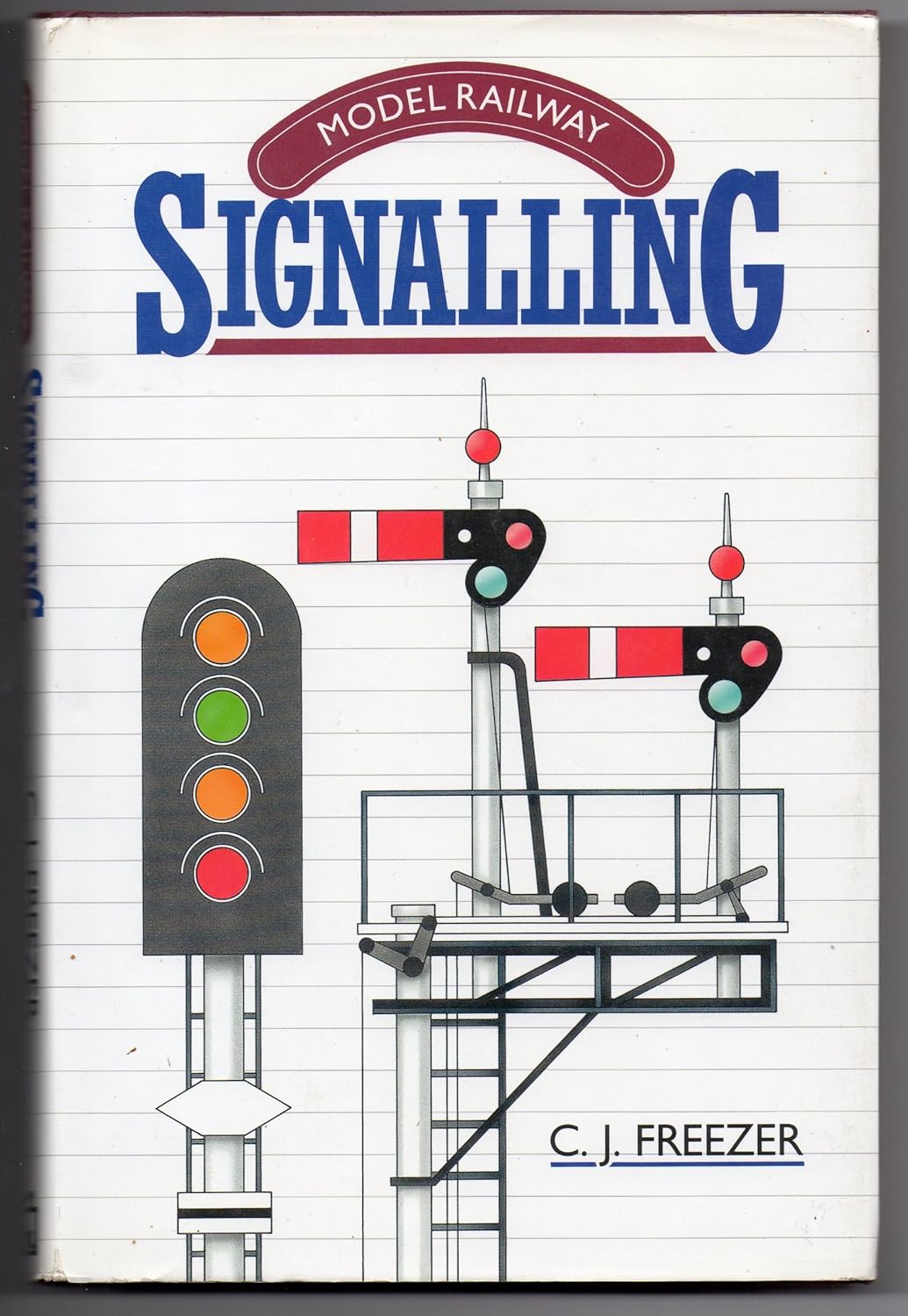aleopardstail wrote: ↑Wed Jun 26, 2024 9:04 am
2. on a model the trains tend to drive the signals not the other way - it can be done but its a pain, ...
From a logical point of view this is debatable (... so I shall debate it!

)
In Real Life a human standing in a signal box controls the signals (and points) and so governs train movements.
In Modelling Life a human standing near the baseboard controls the trains (by turning dials on a power unit).
I concede that Scale can be a problem, but in the matter of controlling signal and train movements that need not be so. Especially with the move towards electronics and DCC, and cheap laptops available to emit electrical/electronic signals.
Suppose a Real Railway with four signal boxes, one at each station, each signal box housing a human who pulls levers to control train movements on their four miles of track. Those four signalmen between them control sixteen miles of track that serve the four railway stations. This is real Life in the 1940s.
Now replace the mechanical levers with electric push-buttons so that even a 5'6" geriatric weakling like me could cause signal arms and point blades to move. In the automobile world this is called "power steering".
We need a set of buttons or dials that cause a signal arm to move, and that same mechanism can be used to activate a track circuit causing a train to spring into life and move forwards.
Where there is a distant (Yellow) signal urging caution, the DCC current that powers the train can be reduced, so that the train slows down. That Distant" signal is linked to the governing signal further down the track.
I see no logical reason why the locomotive(s) can not be controlled via circuits that control signal arms.
I agree that setting this up might/would be a pain, but that said, regardless of the size or scope of the layout, once the first circuit is developed (a lot of trial, error and, no doubt, muttered imprecations), it serves as a template for all the controls on the rest of the layout.
The costliest part of this plan is effecting that FIRST control; the rest should follow easily.
Indeed, I suppose that a
200-foot long layout could be converted using trained volunteers to implement a template procedure set up by the designers. That is, construction of the component parts, station by station, block by block, signal by signal, could be accomplished by anyone without arthritic hands.
Of course, we would love to have an historic diary of the trials and tribulations for posterity.
Cheers, Chris



